Abstract
By nature, Indigenous Education is known as the traditional cum situational
knowledge. It is considered traditional because it is passed down from generation to
generation through various means, such as verbal instruction, trial and error, and hands-on
experience, achieved by being deeply involved in the natural atmosphere or situation.
Indigenous knowledge is grown and nurtured in a setting that is based on informal learning
that flows spontaneously from community life in which people are not outsiders or impartial
observers but a learning which is deeply embedded and embodied in the sense where
emotion, intuition, and sense of place and nature play the most vital role in imparting unique
strategies which assist in maintaining and sustaining the lives of the community. This
traditional approach of knowing creates a unique pedagogical content, i.e., ‘indigenous
pedagogy’, which is supported by the community and quite different from the conventional
hierarchical model. So, these indigenous knowledge practices help to make our educational
process more joyful and meaningful while enriching our curriculum content. If we want to
transform educational theory into more creative, prolific practice and experience, we must
bank on such a unique place-based alternative line of pedagogy as prevalent in tribal
communities. Here we would like to locate how such a vibrant learning process operates in
the Santhal community, which manages all dimensions of their lives in an integrated manner.
This creates the conception of ‘living classroom’ embedded with traditional food collection,
constructing building, and so on, that taken together compose an inclusive, natural, and
innovative way of doing things or ‘talim’. So the story of indigenous pedagogy of the Santhal
community is not artificial engineering or manipulative in a modern sense, but it reveals non-
competitive, yet resilient ways of life and survival because it is essentially a collaborative
exercise in which experiments derive from the core experience of living amidst nature.
Hence, indigenous pedagogy is at the centre of their lives, and vocations like agriculture,
animal husbandry, indigenous health care, traditional healing, indigenous fishing, nature
study, land resource management, collection of natural resources from the forest, and so on.
Thus Santhal community learns through trial and error, observing the natural facts through
introspection, and even observes the natural phenomena for a long time to understand and
interpret the ground reality through deep personal involvement.
Research ID
Citation Generator
Cite This Research Manuscript
Figures

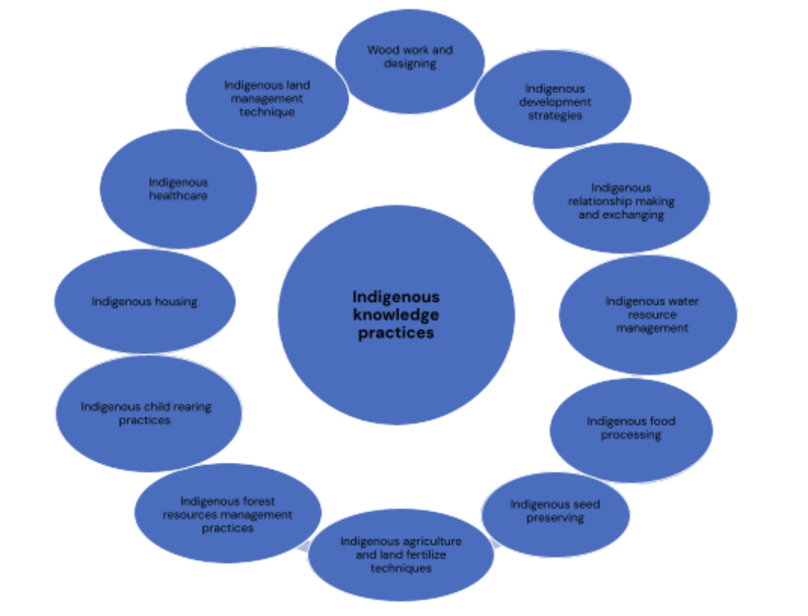

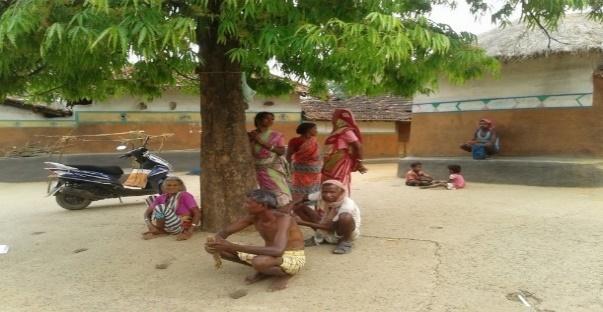
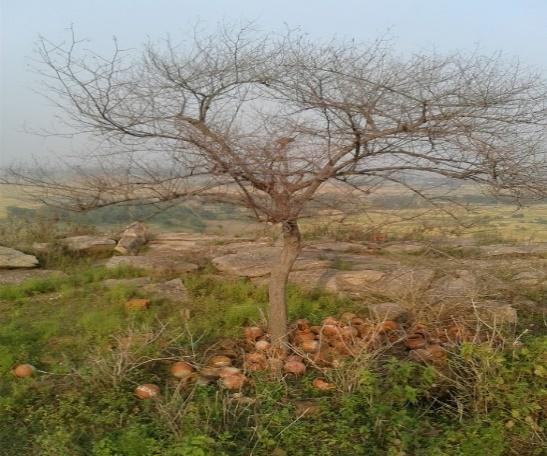
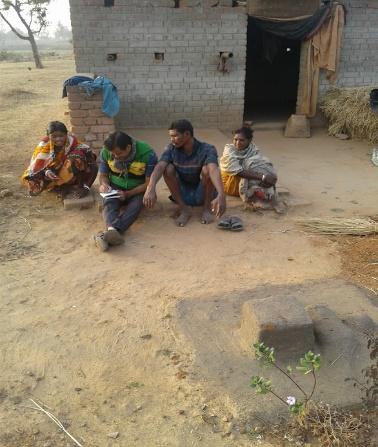
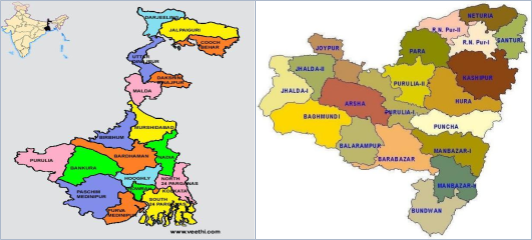
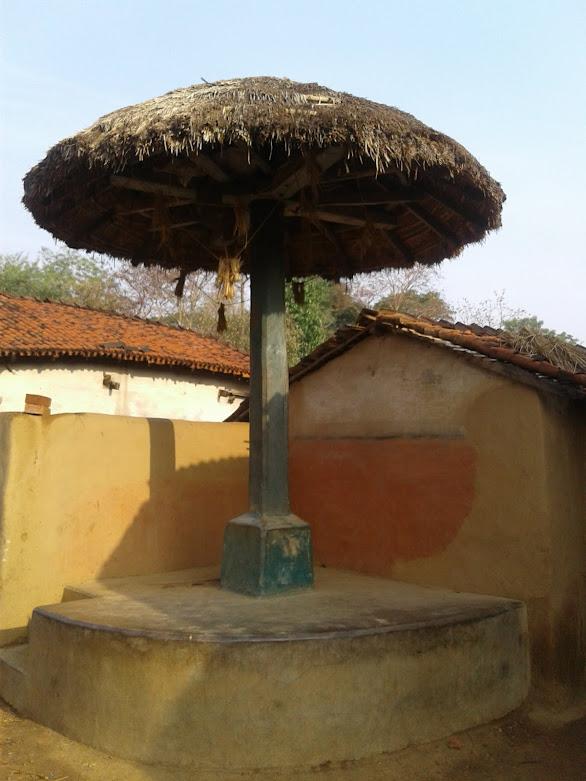
References (APA)
- Baily, F. G. (1960). Tribe, caste, and nation: A study of political activity and political change in highland Orissa. Oxford University Press.
- Basant, R. (1990). Documentation of indigenous knowledge in Gujarat agriculture: A note. In Proceedings of the International Workshop on Generation and Diffusion (p. Xx). Indian Society of Agronomy.
- Biggs, S. D., & Clay, E. (1980, March). Source of innovation in agricultural technology [Paper presentation]. Development Studies Association Workshop on Science and Technology, Oxford, UK.
- Bisht, I. S., & Bhatt, K. C. (2001, February 27 - March 1). Indigenous Technical Knowledge (ITK): Principles and applications [Conference presentation]. Orientation Training under NATP, National Bureau of Plant Genetic Resources, New Delhi, India.
- Charyulu, A. S. (2001). Dissemination of indigenous knowledge: A way to sustainable agriculture. National Institute of Agricultural Extension Management (MANAGE).
- Chittiraichelvan, R., & Raman, K. V. (1991). Indigenous knowledge of farmers: Its use in extension strategies for rainfed agriculture. In Technology for minimising risk in rainfed agriculture (pp. 185–200). Indian Society of Extension Education.
- Choudhury, R. P., & De, D. (1993, November 28 - December 3). Farmers' rationality in their innovations [Paper presentation]. Congress on Traditional Sciences and Technologies of India, IIT, Bombay, India.
- Das Gupta, D. (2003, November 27-29). Policy initiatives for sustainable development in agriculture [Presidential address]. National Symposium on Crop Production under Changing Environment, Mohanpur, Nadia, West Bengal, India.
- Dayakar, B. (1993, November 28 - December 3). Indigenous knowledge of dryland farmers in Anantapur Dist (AP) [Paper presentation]. Congress on Traditional Sciences and Technologies of India, IIT, Bombay, India.
- Flavier, J. M. (1995). The regional programme for the promotion of indigenous knowledge in Asia. In D. M. Warren, L. J. Slikkerveer, & D. Brokensha (Eds.), The cultural dimension of development: Indigenous knowledge systems (pp. 479–487). Intermediate Technology Publications.
- Gope, L., Singh, B., & Singh, C. K. (2017). Identification of indigenous knowledge components for sustainable development among the Santhal community. American Journal of Educational Research, 5(8), 887–893. https://doi.org/10.12691/education-5-8-8
- Gourlay, S. (2004). The critical analysis of Nonaka’s model of knowledge dynamics. Electronic Journal of Knowledge Management, 2(1), 25-32.
- Grenier, L. (1998). Working with indigenous knowledge: A guide for researchers. International Development Research Centre.
- Gupta, A. K., & Patel, K. K. (1993). Survey of innovations for sustainable development: Do methods matter? Indigenous Knowledge and Development Monitor, 1(2).
- Hare, W. L. (1990). Ecologically sustainable development. Australian Conservation Foundation.
- Haskell, P. T., Beacock, T., & Wortley, P. J. (1981). World-wide socio-economic constraints to crop production. In Proceedings of the IX International Congress on Plant Protection (pp. 39–41).
- Heverkort, B. (1995). Agricultural development with a focus on local resources: ILEIA's view on indigenous knowledge. In D. M. Warren, L. J. Slikkerveer, & D. Brokensha (Eds.), The cultural dimension of development: Indigenous knowledge systems (pp. 453–457). Intermediate Technology Publications.
- Johnson, M. (Ed.). (1992). Lore: Capturing traditional environmental knowledge. Dene Cultural Institute/International Development Research Centre.
- Kjell, O. N. E. (2011). Sustainable well-being: A potential synergy between sustainability and well-being research. Review of General Psychology, 15(3), 255–266. https://doi.org/10.1037/a0024920
- Krishan, C. (1997). [Chapter title unknown]. In G. Sen (Ed.), Indigenous vision: Peoples of India, attitudes to the environment. Sage Publications & India International Centre.
- Mallick, A. (2017). Santal women and the rebellion of 1855 in colonial India. Indian Journal of Gender Studies, 2(1), 11–23. https://doi.org/10.1177/0971521516687508
- McCall, M. K. (1995). Indigenous technical knowledge in farming systems of eastern Africa: A bibliography (Bibliographies in Technology and Social Change No. 9). Iowa State University, Technology and Social Change Program.
- Odhiambo, T. R. (1990). You cannot fix indigenous knowledge. ILEIA Newsletter, 6(2), 7-9.
- Padaria, R. N., Singh, B., & Kumar, D. (2003a). Quantification of indigenous knowledge. In Training course on Indigenous Knowledge System for agriculture. Centre of Advanced Studies, Division of Agricultural Extension, IARI.
- Padaria, R. N., Singh, B., & Kumar, S. (2003b). Indigenous knowledge and intellectual property rights. In Training manual on IKS for agriculture. IARI.
- Paul, S., & Ramanathan, A. (2002). Conservation of rural bio-diversity through indigenous knowledge. Kurukshetra, 50(3).
- Posey, D. A., & Dutfield, G. (1997). Indigenous people and sustainability. International Books.
- Rahaman, C. H., & Karmakar, S. (2015). Ethnomedicine of Santal tribe living around Susunia hill of Bankura district, West Bengal, India: The qualitative approach. Journal of Applied Pharmaceutical Science, 5(2), 101–110. https://doi.org/10.7324/JAPS.2015.50216
- Rajasekaran, B. (1993). A framework for incorporating indigenous knowledge systems into agricultural research, extension, and NGOs for sustainable agricultural development (Technology and Social Change Program, No. 21). Iowa State University.
- Saha, A. (2006). Indigenous knowledge of dairy farming in Birbhum district of West Bengal, India: An exploratory study [Unpublished doctoral dissertation]. Visva-Bharati University.
- Saha, A., Mukhopadhyay, S. B., & Das Gupta, D. (2006). Validation of indigenous knowledge in livestock health care system. Indian Journal of Extension Science.
- Schaller, N. (1990). Low-input sustainable agriculture. In 1990 Yearbook of Agriculture: Americans in agriculture, portraits of diversity (pp. 216-219). U.S. Department of Agriculture.
- Talwar, S., & Singh, Y. P. (1993). In search of wisdom among the farmers of arid agriculture: Documentation and analysis. In Proceedings of National Seminar on Indigenous Technologies for Sustainable Agriculture. IARI.
- Ulluwishewa, R. (1993). Indigenous knowledge, national IK resource centres and sustainable development. Indigenous Knowledge and Development Monitor, 1(3), 11-13.
- United Nations. (n.d.). Millennium Development Goals. Retrieved August 23, 2011, from http://www.un.org/millenniumgoals/
- United Nations General Assembly. (2015, October 21). Transforming our world: The 2030 agenda for sustainable development (A/RES/70/1). https://sdgs.un.org/2030agenda


